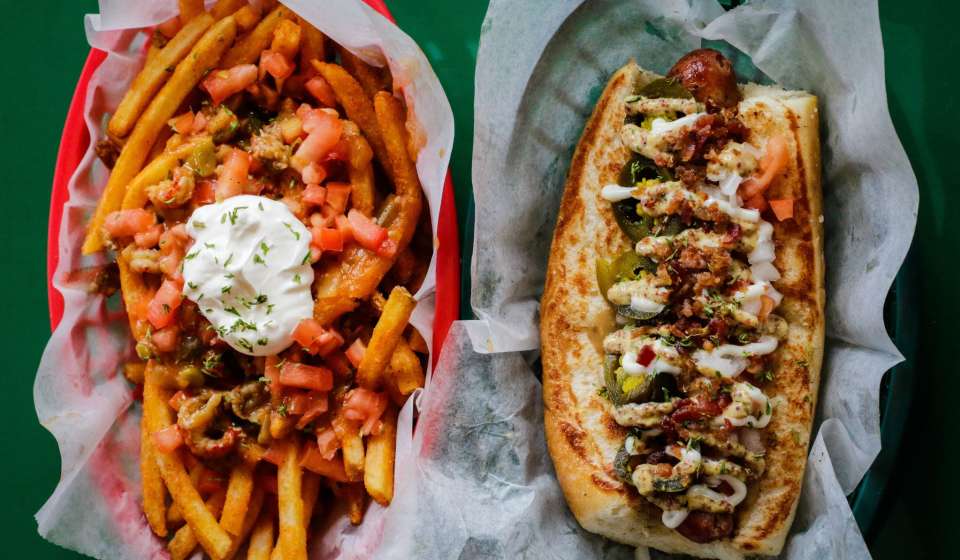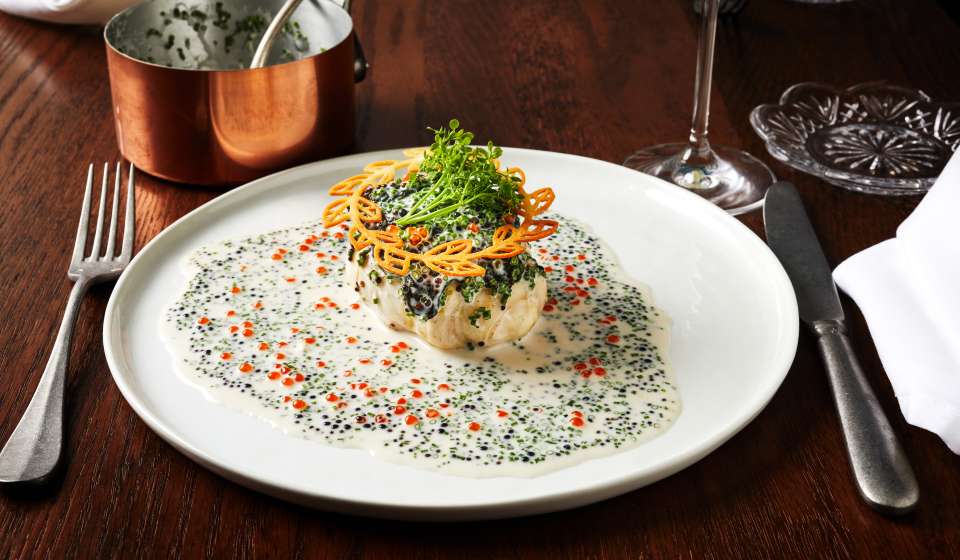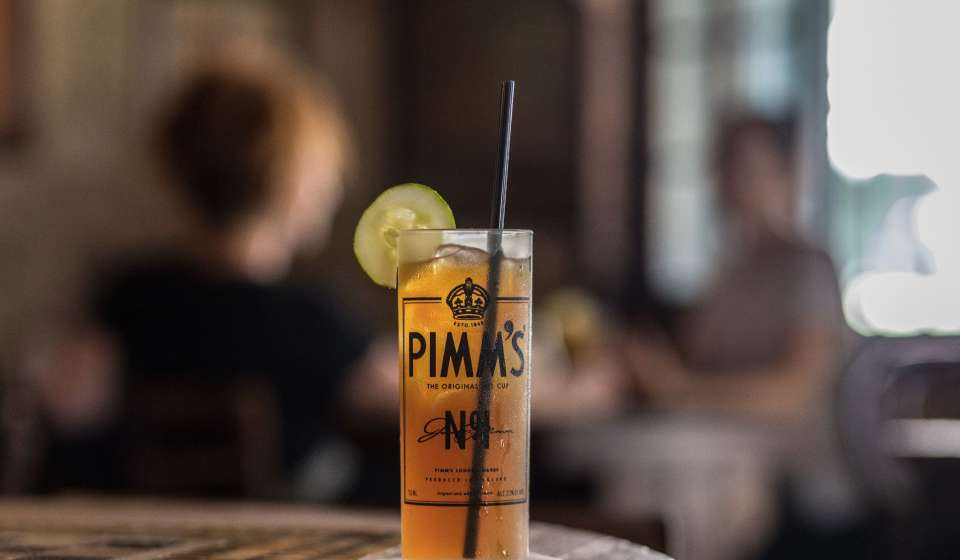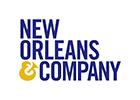
-
Wedding Tools
- Complimentary Planning Assistance
- Destination Wedding Guide Digital Copy
- Elopement Packages
- Marriage License & Legal Essentials
- Checklist
- Welcome Bag Ideas
- Second Lines
- The History of Wedding Umbrellas and More in New Orleans
- Wedding Cake Pulls
- Destination Wedding Guide Printed Copy
- Wedding Inspiration
-
Venues
-
Vendors
-
Pre & Post Wedding
- Wedding Inspiration
- Contact Us
-
Why New Orleans Is Built To Host
- Hotels
-
Meeting & Event Venues
-
Services & Planning Tools
-
Group PR & Marketing Tools
- Convention Calendar
- Testimonials
- Awards
-
Online RFP
- Availability Grid
- Contact Us
Menu
-
Things to Do
-
Eat
-
Drink
-
Stay
- Book a New Orleans Hotel
- Hotel Directory
- Bed And Breakfasts: Hotels - New Orleans & Company
-
Places To Stay: New Orleans Hotels - New Orleans & Company
- Saint Charles Avenue Hotels
- Luxury Hotels
- Garden District Hotels
- French Quarter Hotels and Lodging
- Downtown/Central Business District Hotels and Lodging
- Bourbon Street Hotels
- Green Hotels
- Bourbon Street Balcony Hotels - New Orleans & Company
- Haunted Hotels in New Orleans
- Pet-Friendly Hotels
- Historic Hotels
-
Calendar
-
Trip Planning Tools
- Insider's Blog
- LOVENOLA.TV 24/7 Broadcast
-
Weddings
-
Wedding Tools
- Complimentary Planning Assistance
- Destination Wedding Guide Digital Copy
- Elopement Packages
- Marriage License & Legal Essentials
- Checklist
- Welcome Bag Ideas
- Second Lines
- The History of Wedding Umbrellas and More in New Orleans
- Wedding Cake Pulls
- Destination Wedding Guide Printed Copy
- Wedding Inspiration
-
Venues
-
Vendors
-
Pre & Post Wedding
- Wedding Inspiration
- Contact Us
-
Wedding Tools
-
Meeting Planners
-
Why New Orleans Is Built To Host
- Hotels
-
Meeting & Event Venues
-
Services & Planning Tools
-
Group PR & Marketing Tools
- Convention Calendar
- Testimonials
- Awards
-
Online RFP
- Availability Grid
- Contact Us
-
Why New Orleans Is Built To Host
-
Groups
-
Travel Professionals
-
Membership
-
Press and Media
- Community
Booking
>
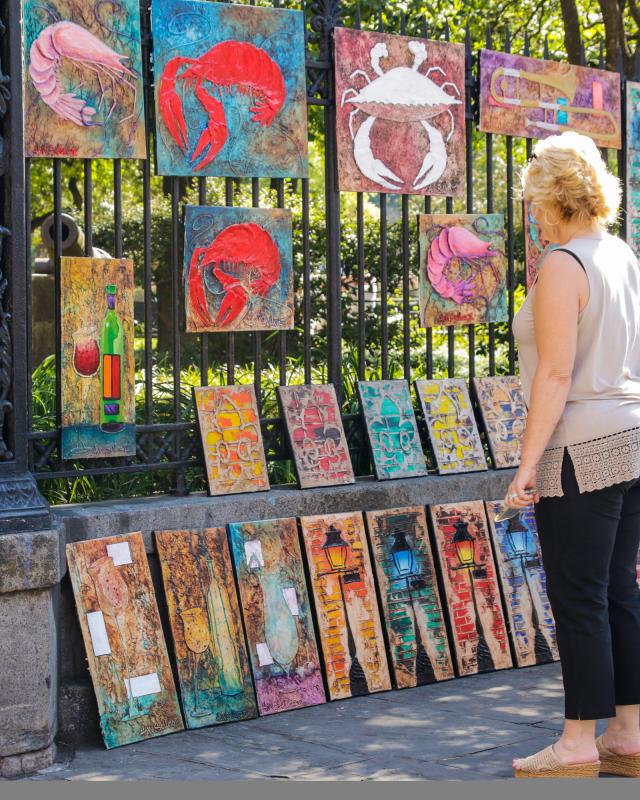

x
- Wedding Tools
- Venues
- Vendors
- Pre & Post Wedding
- Wedding Inspiration
- Contact Us
- Why New Orleans Is Built To Host
- Hotels
- Meeting & Event Venues
- Services & Planning Tools
- Group PR & Marketing Tools
- Convention Calendar
- Testimonials
- Awards
- Online RFP
- Availability Grid
- Contact Us
- Planning Toolkit
- Complimentary Planning Assistance
- Itineraries
- Student Groups
- Reunions
- Cruises
- Motorcoach Groups
- International Groups - FIT
- Maps & Transportation
- Contact Us
- Advisor Toolkit
- Itineraries
- Online RFP
- Travel Advisor Certification
- International Groups
- Group Travel
- Cruising from New Orleans
- Maps & Transportation
- Contact Us
- Did You Know | New Orleans Facts
- Join Now
- Why Become a Member
- Types of Membership
- Member Directory
- Member Events
- About Members
- Member Login
- Contact Us
- Media Assistance Request
- Press Kit
- Press Releases
- New Orleans Awards & Accolades
- Image / Video Request
- Communications & PR Contacts
New Orleans Colloquialisms and Lagniappe
Talk like a local, sha.
New Orleans’ (see proper pronunciation below) unique culture comes with a language all its own. As a port city, New Orleans has served as a fertile home and gateway to the Americas, from the original Choctaw inhabitants of the region to the French, Spanish and African settlers that melded to create Creole culture and food. The cultures that comprise modern New Orleans have all brought their own language and colloquialisms to the table, and the city has shaped them to form new catch-phrases. From mistranslations to mispronunciations, learn to speak like a local!
- Banquette: Sidewalk or elevated pathway.
- Bayou: Choctaw for “small stream.” It’s a creek with a slow current that flows from a river or lowland lake, often through swamp areas and delta regions.
- Cajun: Nickname for Acadians, the French-speaking people who migrated to Western Louisiana from Novia Scotia starting in 1755.
- Cities of the Dead: New Orleans cemeteries. Because of the high water table, we spend the afterlife buried above ground instead of six feet under it. Elaborate monuments cluster together like small communities.
- Directions: There’s no West, East, North or South in New Orleans. We head Uptown, Downtown, Riverside and Lakeside.
- Fais-do-do (fay-doe-doe): Literally “Put the kids to sleep.” When Cajuns would celebrate, they brought the kids with their blankets so that the little ones could snooze while adults ate, drank and danced through the night.
- Faubourg (Fah-bahg or foe-burg): As in “Faubourg Marigny.” Originally suburbs, they are now neighborhoods near the French Quarter.
- Gris-gris (gree-gree): A voodoo good luck charm that protects the wearer from evil.
- Gumbo ya-ya: “Everybody talking at once.” Isleños (iz-lay-nyos or eye-len-yos): Literally “islanders.” In this case, Spanish settlers from the Canary Islands who began migrating to south Louisiana in 1799. Most are now fishermen, trappers and master boat builders in St. Bernard Parish.
- Jazz: A mixture of African and Creole rhythms with European styles and instruments. Some say it was local barber Buddy Bolden who invented it in 1891.
- Krewe: A carnival organization, as in Krewe of Rex and variation of the word “crew.” Members privately put on the balls and parades that make up Mardi Gras.
- Lagniappe (lan-yap): A little something extra, like a free coffee or dessert or a few extra ounces of boudin.
- Laissez les bons temps rouler! (lay-zay lay bon tohn roo-lay): “Let the good times roll.”
- Makin’ groceries: Shopping from groceries. Its origins are a mistranslation of the French phrase for the same action.
- Neutral Ground: A median. When Americans settled in New Orleans after the Louisiana Purchase, the Europeans and Creoles in the French Quarter were not thrilled. The Americans settled across Canal Street on the side opposite the Quarter, and the street became the “neutral ground.”
- New Orleans: Pronounced “New or-lins” or “new or-lee-yuns” but not “naw-lins” or “new orl-eens.” Both the parish and the avenue are, however, pronounced “orl-eens.”
- Parish: Equivalent of a county in the other 49 states.
- Pass a good time: To live it up or party.
- Picayune: An old Spanish coin that was 1/8 of a dollar. Connotes something small or petty.
- Pirogue: A shallow canoe used in the bayous.
- Pro bono publico: “For the common good,” motto of Rex, King of Carnival.
- Secondline: The people who follow a brass band on the street while waving handkerchiefs in a circle above their heads. The second-liners also have a special shuffle step they do when following a band that is called “secondlining.”
- Sha: Louisiana Cajun and Creole slang, derived from the French cher. Term of affection meaning darling, dear, or sweetheart. It could also be a reference to something that is cute.
- Streetcar: The world’s oldest continuously operating electric street railway and now a National Historic Landmark. In 1835, a steam engine train ran from the Vieux Carré along St. Charles Avenue to the riverbend. Eventually, the line became electric and now locals ride the lines to work on the original electric cars.
- Street names: We’ve got some strange pronunciation. A sampling:
- Burgundy (bur-GUN-dee)
- Conti (kahn-TIE)
- Calliope (kal-ee-OPE)
- Melpomene (mel-pu-MEEN)
- Tchoupitoulas (CHOP-ih-too-liss)
- Clio (clee-oh but often misread as C-L-10)
- Swamp: A low, marshy wetland that is heavily forested and subject to flooding.
- Vieux Carré: Literally “Old Square” or “Old Quarter.” It refers to the French Quarter, the 90 city blocks that hold about 2,700 European and Creole buildings.
- Voodoo: From voudun, meaning “god,” “spirit” or “insight” in the Fon language of Dahomey. Voodoo came from the West African Yoruba religion via Haiti, where African practices mingled with the Catholicism of French colonists.
- Yat: A local denizen, so named for the Ninth Ward greeting “Where y’at?”


